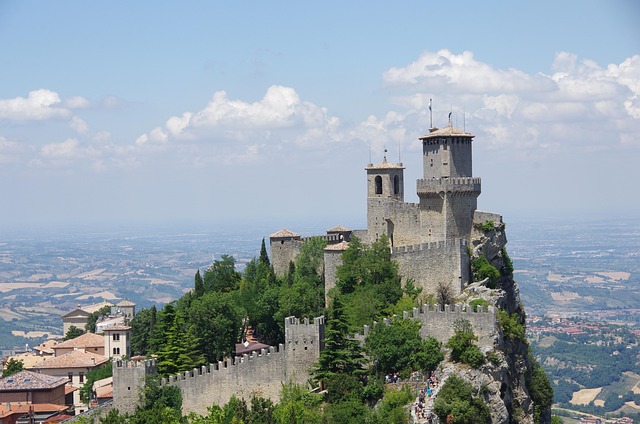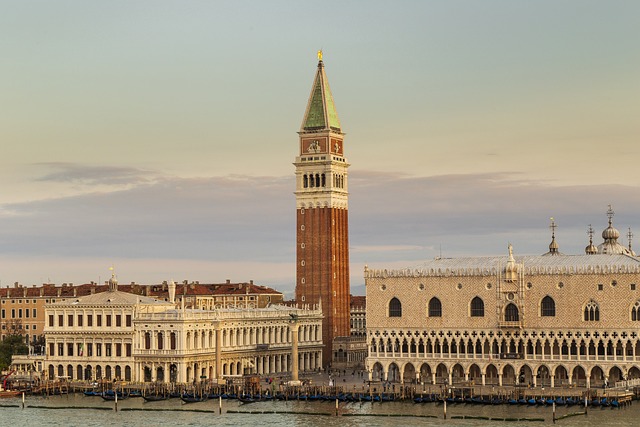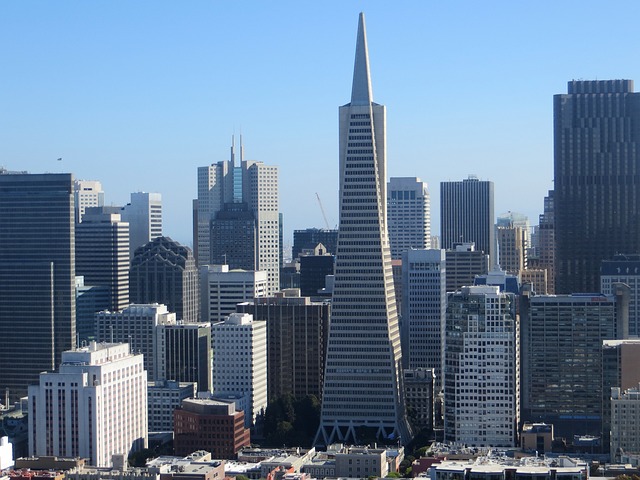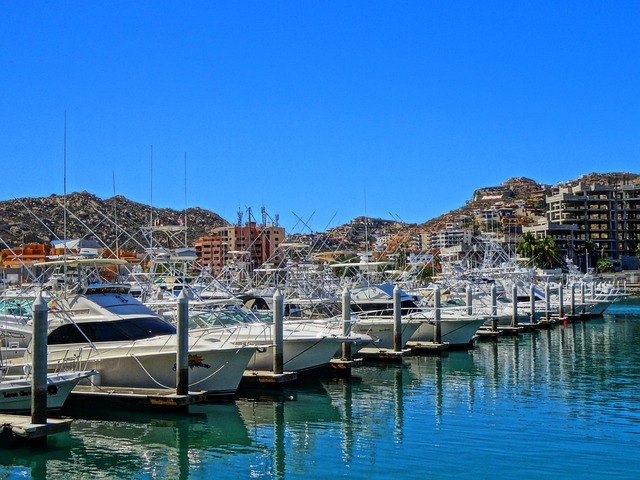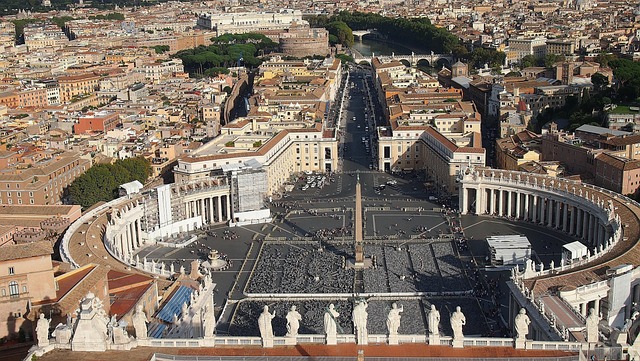Border cities thrive as cultural melting pots where real estate acts as a catalyst for their unique identity, showcasing a blend of binational heritages in architecture and neighborhoods. Developers embrace this potential through cross-border collaborations, fostering social interactions in mixed-use developments that integrate residential, commercial, and recreational spaces. Convenient transportation routes drive real estate values and facilitate the exchange of people, ideas, and traditions. Real estate plays a pivotal role in shaping multicultural environments that encourage interaction, break down barriers, and contribute to economic growth and social cohesion. Binational collaboration drives innovative projects, stimulating local economies and enhancing cultural exchange, creating a positive feedback loop enriching residents' lives on both sides of the border.
Border cities, with their unique geographical positioning, often become vibrant hubs where cultures intertwine. This article explores how these urban centers foster a binational culture, focusing on real estate as a key driver. We delve into the role of property development in shaping cultural exchange and economic growth. By examining successful collaborations, we uncover strategies that enhance community development and strengthen ties between neighboring nations. Discover how real estate initiatives are at the forefront of creating inclusive, prosperous border communities.
The Role of Real Estate in Shaping Border Cities
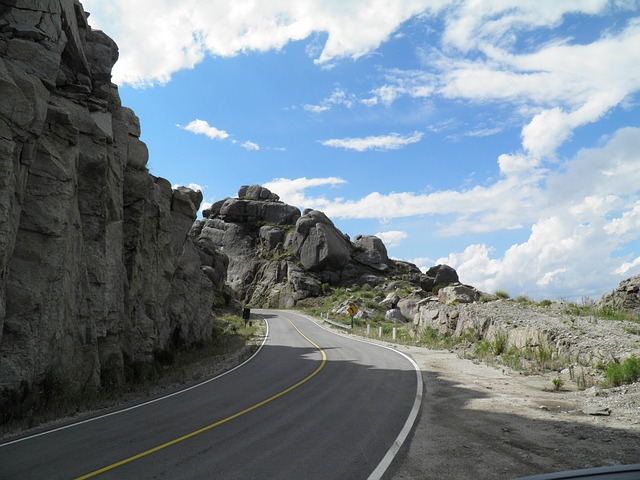
Border cities, by their very nature, are melting pots of diverse cultures, and real estate plays a pivotal role in shaping this unique identity. The properties and neighborhoods in these urban areas often reflect the binational heritage, offering a visual narrative of shared history and customs. For instance, architectural styles may blend traditional elements from both countries, creating a distinct aesthetic that attracts residents and visitors alike. Moreover, real estate developers and investors have recognized the potential of these cities, leading to cross-border collaborations that enhance cultural exchange.
The layout and design of border cities can also be influenced by real estate trends. Mixed-use developments, for example, are common, integrating residential, commercial, and recreational spaces. Such projects encourage foot traffic across borders, fostering social interactions and cultural understanding. Additionally, the accessibility and proximity to cross-border transportation routes drive real estate values and facilitate the movement of people, ideas, and traditions, further enriching the city’s cultural tapestry.
Fostering Cultural Exchange and Understanding

Border cities, due to their unique geographical positioning, often become vibrant hubs where cultures intertwine and binational identities flourish. In these areas, fostering cultural exchange is not just a social initiative but a key aspect of community development. Real estate plays a pivotal role in this process by shaping physical spaces that encourage interaction and understanding between people from different backgrounds. Developers and urban planners can create mixed-use zones and multicultural neighborhoods, where residents from both sides of the border live, work, and socialize together.
Such environments facilitate cross-cultural learning and break down barriers, fostering a sense of unity and shared community. Local businesses, schools, and community centers become cultural exchange platforms, offering language classes, art exhibitions, culinary events, and joint celebrations that celebrate the rich tapestry of traditions. Through these initiatives, border cities not only enhance their cultural landscape but also contribute to the economic growth and social cohesion of both neighboring regions.
Binational Collaboration: Driving Economic Growth and Community Development
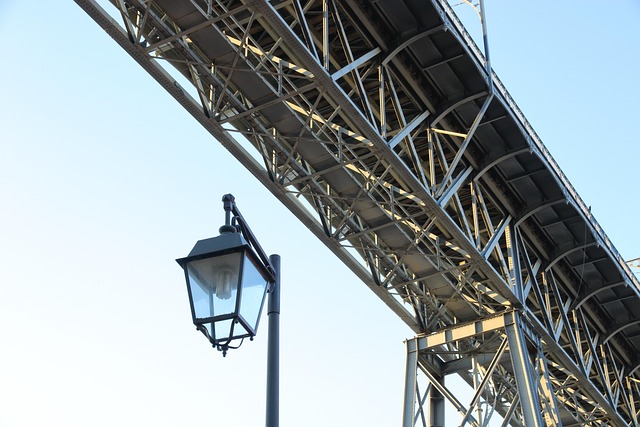
In border cities, binational collaboration is a driving force behind economic growth and community development. By fostering partnerships across the border, these communities can leverage shared resources, expertise, and markets to create vibrant and prosperous environments. This collaboration often translates into innovative projects in sectors like real estate, where developers can break down barriers and design mixed-use spaces that cater to both sides of the border.
Such initiatives not only stimulate local economies but also enhance cultural exchange and understanding. Real estate becomes a tangible example of this integration, with properties that serve as gateways between nations, symbolizing unity and progress. These collaborative efforts create a positive feedback loop, encouraging further investment and development, ultimately enriching the lives of residents on both sides of the border.
